Moxi Acupuncture Clinic
Frederick Tang Architecture designed a peaceful and light-filled space for the Moxi Acupuncture Clinic in New York City, New York.
Frederick Tang Architecture (FTA) has transformed the top floor of a 12-story, 1901 mercantile building in SoHo into the light-filled, color-driven home of MOXI, an acupuncture and wellness studio. A striking oval skylight informs a new, softly curving atrium at the studio’s center, from which treatment rooms radiate. Throughout, organic materials like light woods, stones, and ceramics complement a color scheme of cypress green, copper, terra cotta, and peach, all chosen for their calming effects. The project marks FTA’s first work in the health and wellness space.
Acupuncturist and integrative health clinician Lisa Sumption, founder of MOXI, approached FTA to update and reorganize the previously open-format space to accommodate a reception area, six treatment rooms, offices, bathrooms, herb dispensary, and pantry. In response, the new plan uses existing apertures to arrange programs within the rectangular layout. At the street-facing front, an entry door opens into a large, flexible reception area lined with four arched windows that fill the room with light and reveal sweeping views up Broadway. To maximize space and take full advantage of the natural light, this area doubles as a site for gatherings and classes.
Here, a low-slung custom bench crafted from white oak slats and copper detailing curves along two walls. Floating above, handmade ceramic pendants by Elsa Foulon, sourced from France, and orb sconces, sourced from Greece, add warm layers of light. Other elements, like terrazzo side tables and plush seating in boucle and velvet, can be easily moved to make way for large classes and gatherings. Walls are lime-washed in a soft cypress green, with wainscotting painted in a darker shade of the same hue. Throughout, saturated passages of color were inspired by the atmospheric work and color theory of artists like Wassily Kandinsky, Mark Rothko, and James Turrell.
A long, wide corridor extends from the reception via an archway that mirrors the front windows. Painted deep green, the color shift—from light to more saturated—indicates a movement toward more intimate spaces: individual treatment rooms extend from either side of the hall. Uniquely, the corridor remains washed in natural light thanks to the original skylight above that rises through its middle; this serves as the nucleus of the space, from which all rooms radiate. Taking a cue from the skylight’s rounded form, FTA also softened the hallway’s corners and, in turn, the space’s overall geometry.
Similarly, treatment rooms use soft, immersive washes of color to indicate program. Each receives a different gradient wallpaper that aids wayfinding (“make your way to the peach room”), personalizes experience, and points to personal transformation (from dark at the bottom to light at the top).
At the corridor’s rear, a second archway opens into a back-of-house zone, where FTA has inserted a new office, herb dispensary, staff pantry, and bath. The existing kitchen was given a facelift with cabinets in a soft, desaturated green and a shimmering, hexagon tile backsplash whose color evokes sea mist. Elsewhere, pale pink accents signify good health, according to color psychology, while pale peach offers warmth and a sense of calm.
Design: Frederick Tang Architecture
Photography: Gieves Anderson

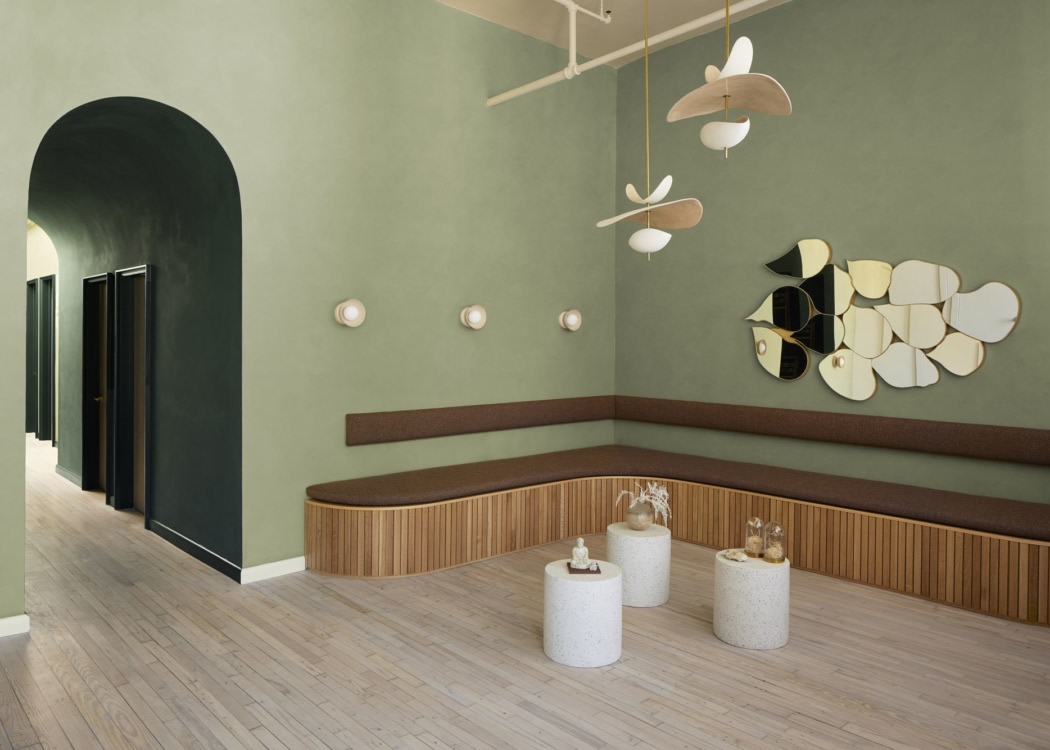
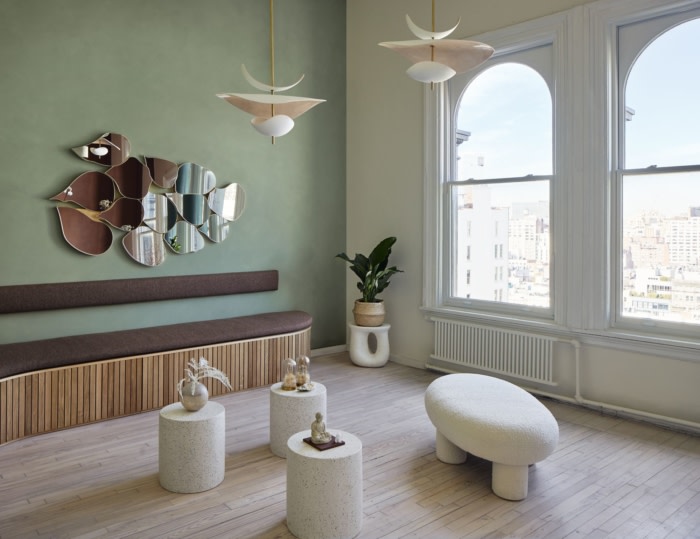

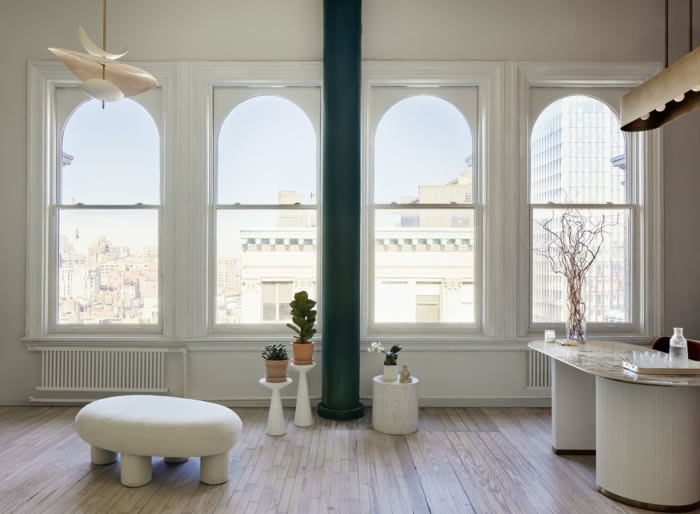
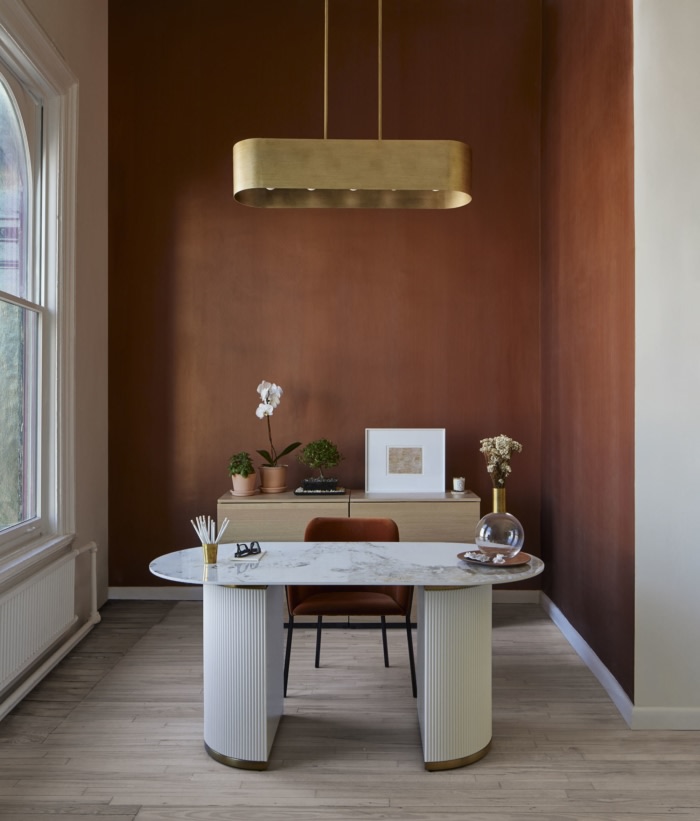
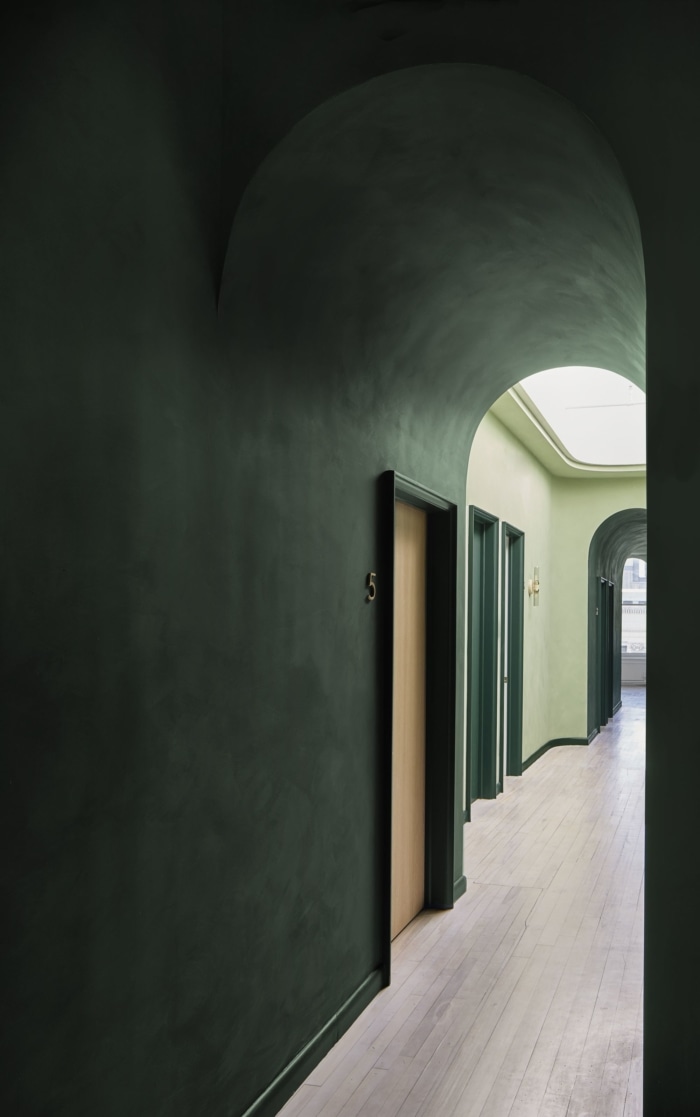
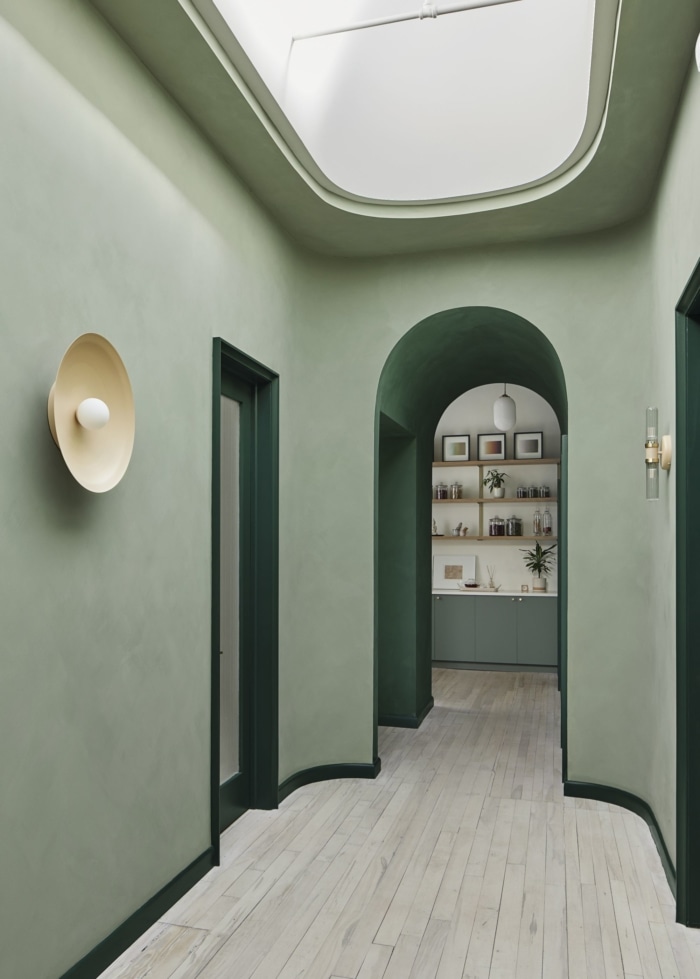
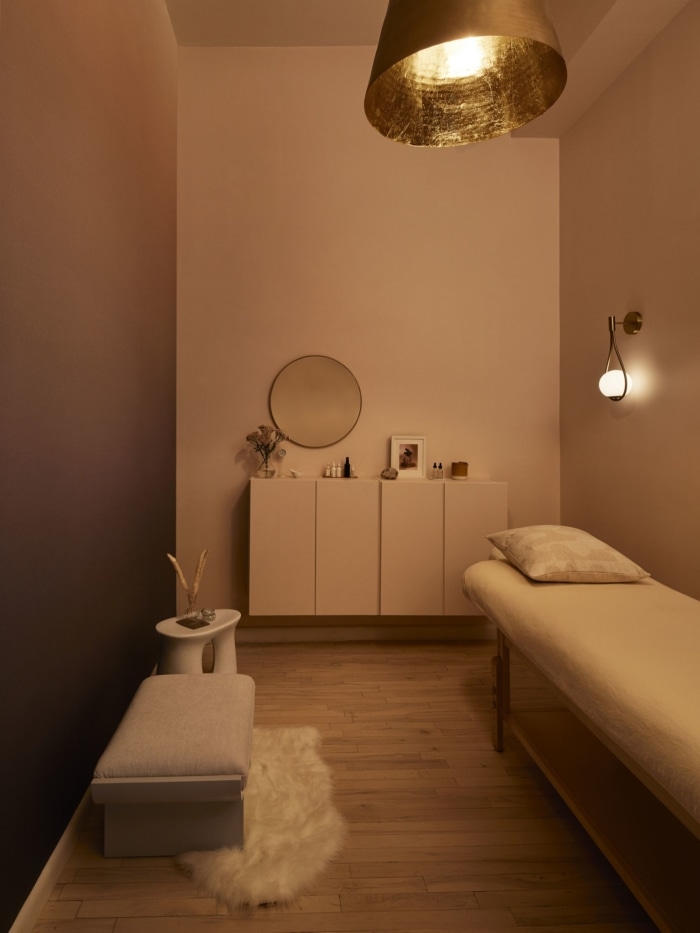
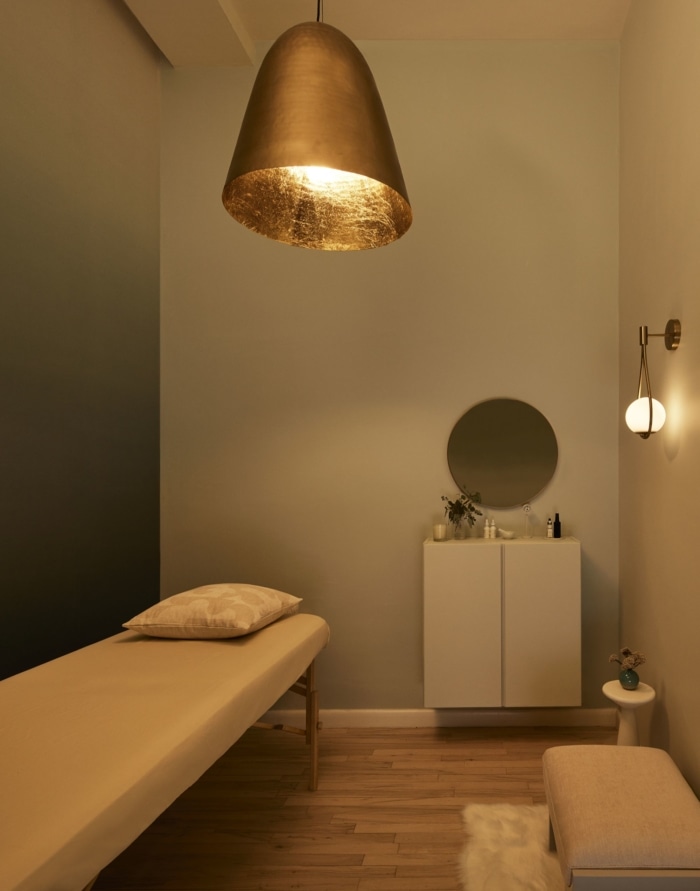



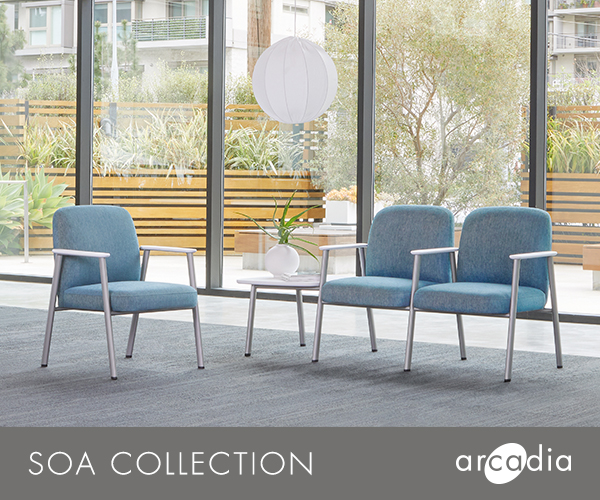
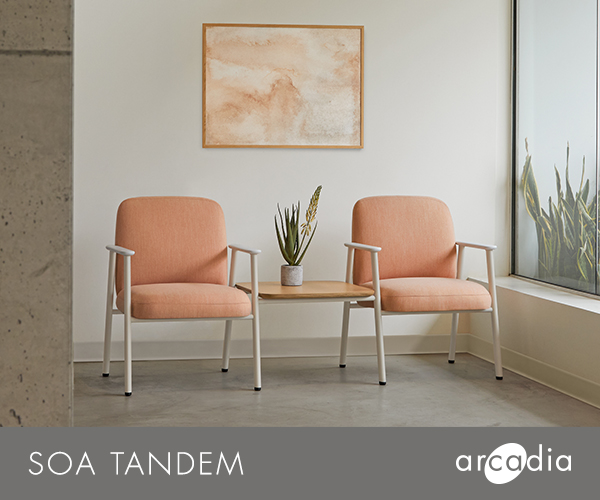
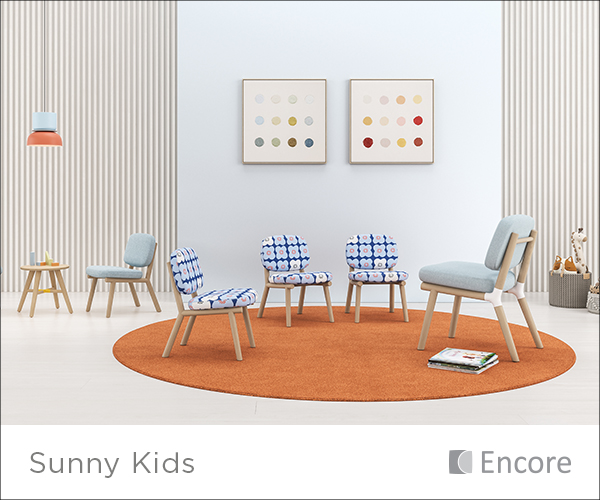






Now editing content for LinkedIn.